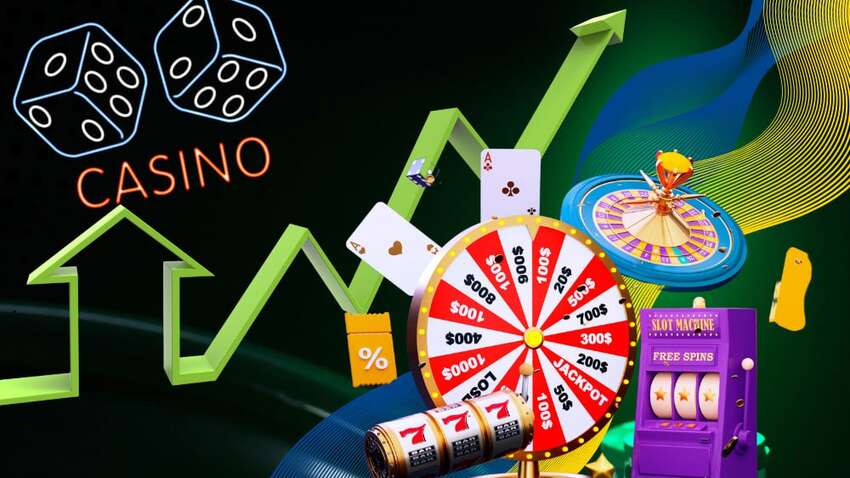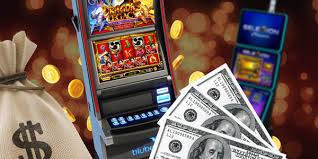The Influential Role of NFTs in Digital Culture

The Influential Role of NFTs in Digital Culture
NFTs, or non-fungible tokens, have revolutionized the way we perceive ownership and value in the digital realm. With the rise of blockchain technology, NFTs emerged as unique digital assets that represent ownership of a specific item or piece of content. Whether it be digital art, music, virtual real estate, or even tweets, NFTs have opened up new avenues for creators and collectors alike. As we delve deeper into the role of NFTs, we can also consider the various dimensions of their influence on culture, commerce, and community engagement. For additional resources related to NFTs, you can check out The Role of NFTs in Casino Rewards baji999 login.
Understanding NFTs: The Basics
At their core, NFTs are built on blockchain technology, which ensures transparency, security, and verifiable ownership. Unlike cryptocurrencies such as Bitcoin or Ethereum, which are fungible and can be exchanged on a one-to-one basis, NFTs are unique. Each token has distinct attributes and cannot be replaced with another token, making it ideal for representing unique items in the digital world.
The Impact of NFTs on the Art World
The art industry has seen some of the most notable transformations due to the popularity of NFTs. Digital artists can now tokenize their artwork, allowing them to sell directly to consumers without the need for traditional galleries or intermediaries. This democratization of art sales has enabled a wider array of artists to reach global audiences.
One of the landmark moments in this movement occurred in March 2021 when the digital artist Beeple sold an NFT of his work for a staggering $69 million at a Christie’s auction. This event not only caught the attention of the art world but also sparked widespread discussions about the value of digital art and the concept of ownership in an increasingly digital society.
NFTs in Other Creative Fields
Beyond visual art, NFTs have begun to permeate various creative sectors. Musicians are experimenting with NFTs as a means of selling their work and engaging with their fans. Artists like Kings of Leon released an entire album as an NFT, which included exclusive content for buyers. This innovative approach allows creators to diversify their revenue streams in an industry often plagued by low payouts from streaming services.
Moreover, the gaming industry has also embraced NFTs, particularly in play-to-earn models. Games like Axie Infinity allow players to earn NFTs through gameplay, which can then be sold or traded in secondary markets. This shift represents a significant change in how players view ownership of in-game assets, and many players are now considering gaming not just as a hobby but as a viable source of income.

The Role of NFTs in Community Building
NFTs are not just a tool for financial gain; they also foster community building and interaction among creators and fans. Many NFT projects are centered around exclusivity and community access. For example, the Bored Ape Yacht Club offers its members not only ownership of digital apes but also access to a community of owners and exclusive events. This sense of belonging drives engagement and creates loyalty among community members, further enhancing the value of their NFTs.
Challenges and Criticism of NFTs
Despite their many advantages, NFTs face significant challenges and criticisms. One of the key concerns regards the environmental impact of blockchain technology, particularly those that rely on proof-of-work mechanisms. The energy consumption associated with minting and trading NFTs has attracted scrutiny from environmental advocates.
Moreover, the speculative nature of the NFT market can lead to volatility, prompting debates about whether NFTs represent a legitimate investment. Many critics argue that the current boom is akin to a bubble, warning that not all NFT projects will hold their value over time. The lack of regulation in the space further complicates matters, presenting risks for investors and creators alike.
The Future of NFTs
Looking ahead, the future of NFTs appears both promising and uncertain. As technology advances, we can expect the utility and functionality of NFTs to expand beyond mere collectibles. Innovations such as fractional ownership are on the horizon, allowing multiple individuals to own a share of a single NFT. This would democratize access to high-value assets and further tap into the concept of ownership that NFTs represent.
Additionally, integrating NFTs with virtual reality and augmented reality platforms may create immersive experiences that redefine entertainment and interaction in the digital space. Corporations and brands are also starting to explore the potential of NFTs in loyalty programs and marketing campaigns, indicating that mainstream adoption could soon follow.
Conclusion
NFTs represent a transformative force in our digital culture, reshaping ownership, creativity, and commerce. As their role continues to evolve, it is essential for creators, collectors, and consumers to stay informed and critically assess the implications of this technology. The ongoing dialogue surrounding NFTs will undoubtedly shape their future and the broader landscape of digital assets. While challenges remain, the potential for innovation and community engagement makes NFTs a key area of interest in today’s digital age.

